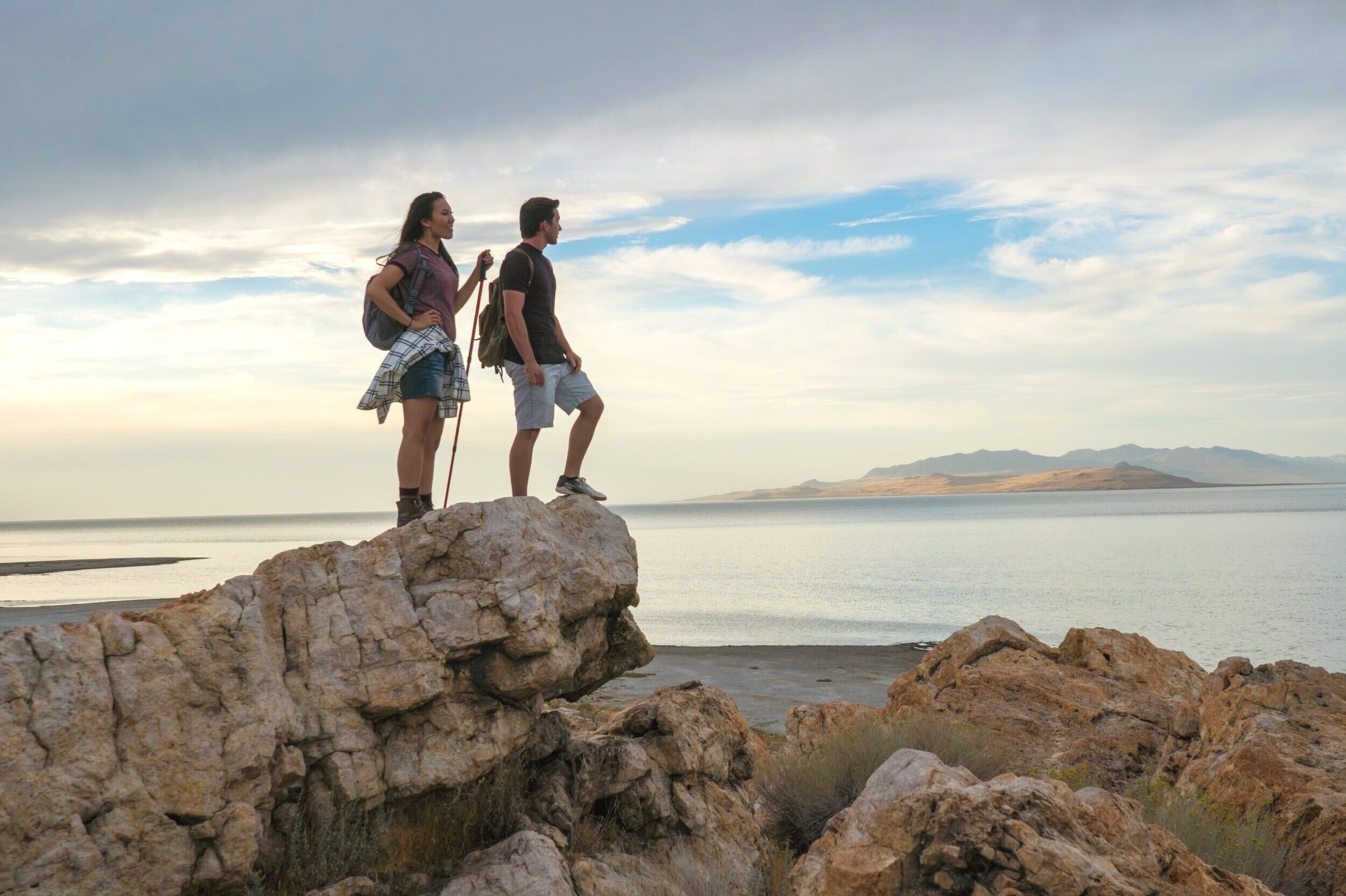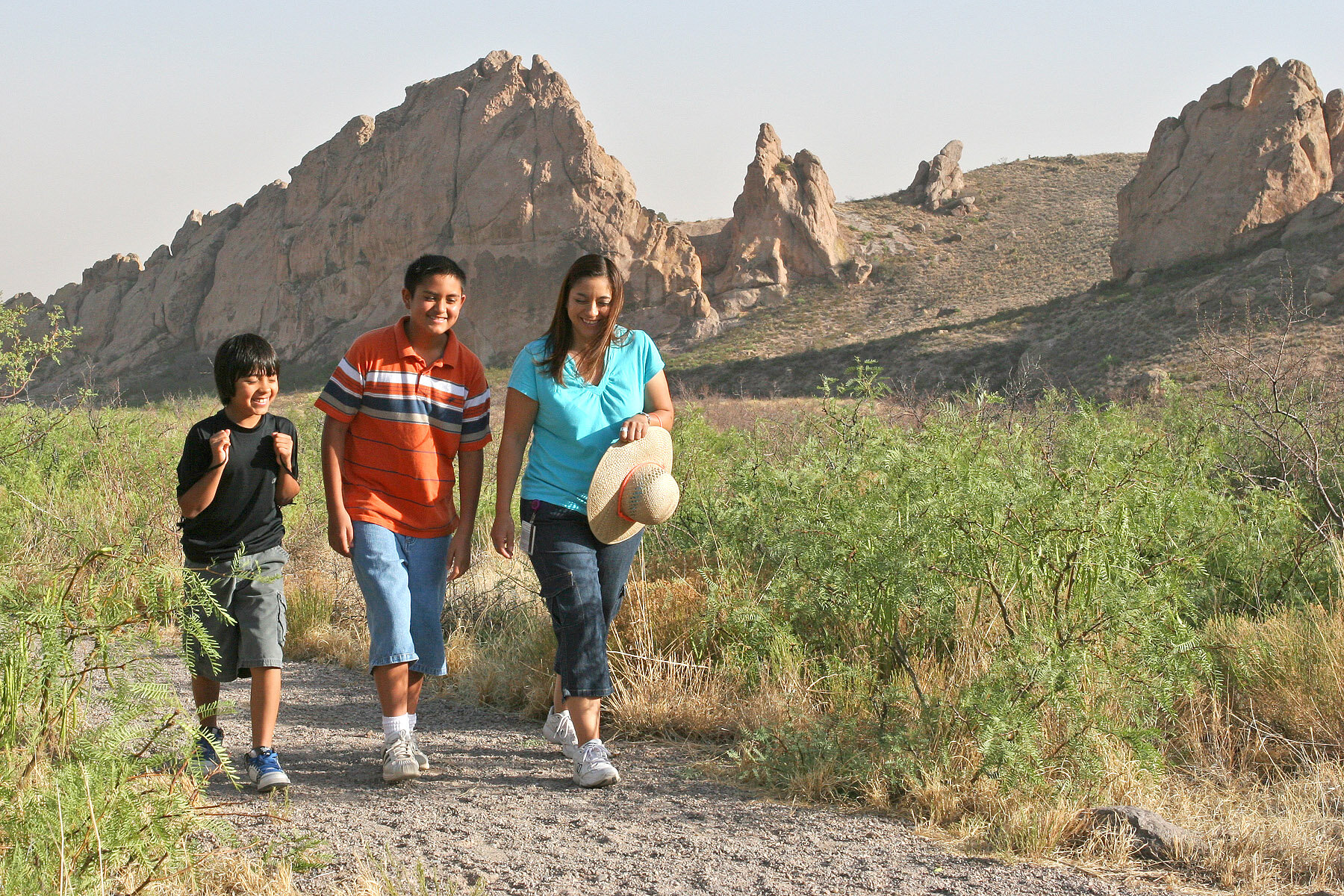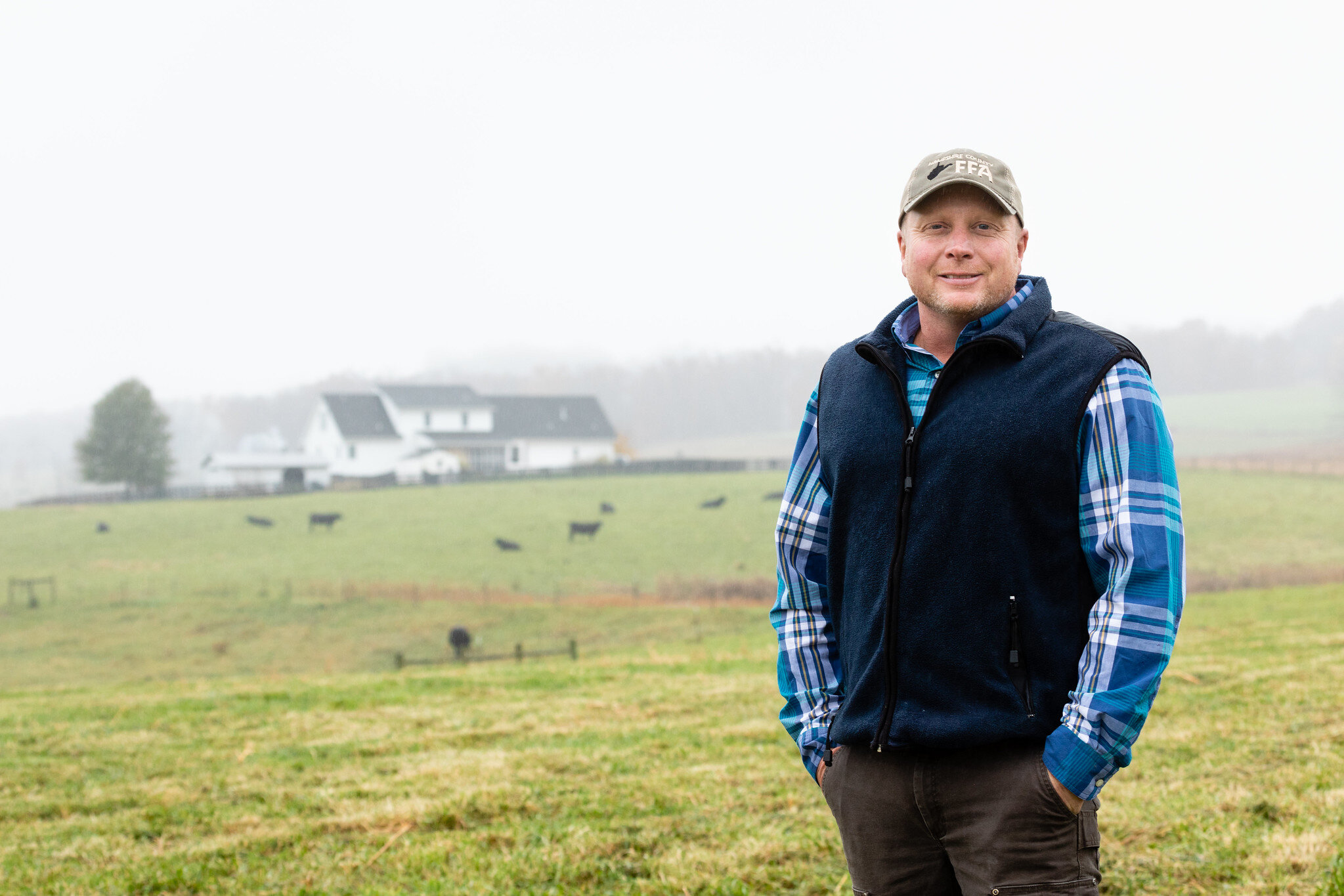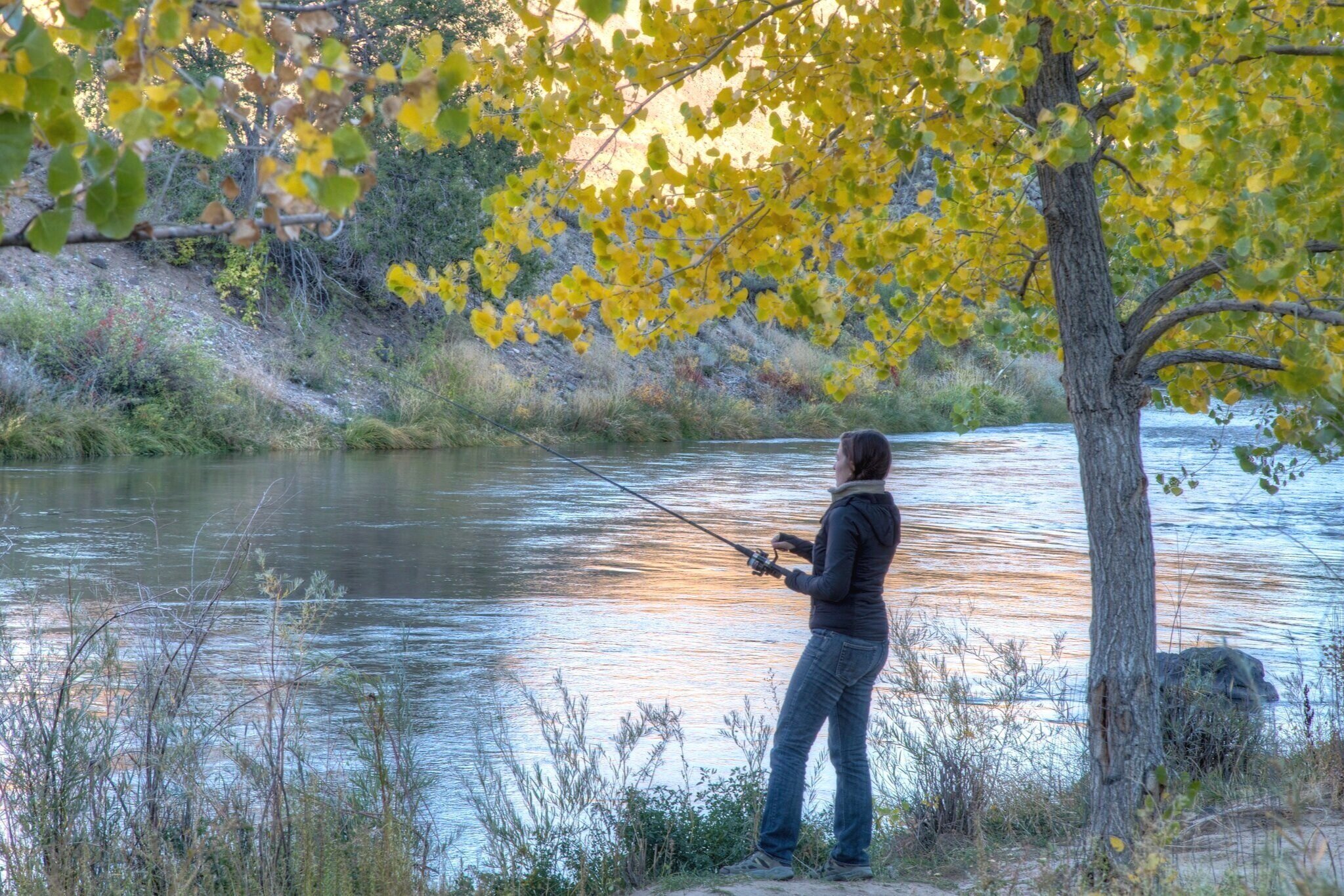The Western Road to 30
How Western states are contributing to the bold campaign to protect 30% of America by 2030
Protecting 30% of America by 2030
The American West is home to iconic natural landscapes and varied ecosystems that support wildlife, and strong local communities and economies. However, nature is under threat. Natural areas throughout the country are being rapidly lost to development and degradation, by as much as a football field of land every 30 seconds. This rapid loss of natural space is resulting in a mass extinction, further exacerbated by climate change: animal populations have declined by 60% in the past few decades.
With global biodiversity collapsing, scientists have shown that protecting and restoring natural areas is the most effective way to slow extinctions and retain resilient ecosystems. Studies show that animal and plant abundance is much higher in protected areas, and conserving more land will allow species to adapt to the changing climate. Conserving and restoring natural lands is also critical to stabilizing the climate and reducing the risk of the most severe impacts of climate change.
To combat the dual climate and biodiversity crises and prevent the collapse of natural systems, scientists are urging that we conserve 30% of America’s lands and waters by 2030—the 30x30 goal. As America works toward the 30x30 goal, Western states can lead the way with state-sponsored conservation efforts and funding, implementing creative solutions to promote, support, and continue the incredible work already being done all across the West.
30x30 isn’t only about protecting nature, it is also about supporting local communities. Protected areas are correlated with significant public health benefits to nearby communities, including better mental health and lower risks of disease and obesity. Research has also shown that protecting watersheds is the most cost-effective strategy to ensure access to clean drinking water.
By drawing visitors and creating opportunities to enjoy nature close to home, outdoor recreation and tourism can provide rural communities that may otherwise be dependent on the boom and bust cycles of energy development an opportunity to diversify their economies. Protected natural areas near communities can provide a competitive advantage for hiring and retaining workers, supporting faster rates of job growth and higher levels of per-capita income.
The 30x30 initiative intends to bring together locally-led campaigns, voluntary private conservation, and cooperative efforts from many levels of government while respecting private landowners, Tribal nations, and existing user groups.
For the purposes of preserving biodiversity through a broad and diverse coalition of locally-led efforts, “protection” must be broadly defined. Scientists have found that measures such as private land conservation and protection of working landscapes, flexible conservation programs, and “other effective area-based conservation measures” (OECMs) have significant conservation benefits, and therefore should play a role in reaching the 30x30 goal. At the same time, more stringent and traditional land protection mechanisms and designations such as national conservation areas, state and national parks, and wildlife refuges can also play a role.
“30 by 30 is about setting a goal and bringing people together on conservation to conserve lands for future generations — a bipartisan idea that is very popular with the American people.”
Interior Secretary Deb Haaland
30x30 in the West
The encouraging news is that the United States is uniquely positioned to meet the 30x30 goal. Nearly 60 percent of lands in the continental U.S. are still in a mostly natural condition or could be restored, making it one of the top five countries for retaining lands in their natural state.
A broad range of community leaders, tribes, and organizations across the country have rallied behind the 30x30 effort, including 150 local elected officials from Western states, city councils and county commissions, and over 50 federally recognized tribes. Shortly after coming into office, President Biden signed an executive order establishing a national 30x30 target, and six states have taken steps toward establishing or meeting state 30x30 goals. Nevada lawmakers recently introduced the first 30x30 resolution in the interior West. In all Western states, there is bipartisan interest and support for 30x30 and investment in conservation, providing a unique opportunity to address the concerns and aspirations of voters across the West.
But what could 30x30 actually look like in the West? The answer to this question must consider that there are stark differences between Western states, each with its own landscapes, natural environments, political considerations, and suite of stakeholders and landowners. As a result, different tools, partnerships, pathways, and priorities can be part of the 30x30 initiative in each individual state.
In the West, local communities, landowners, and governments have been doing conservation work for generations. Although operating under very different contexts, Western state governments have worked to support conservation through funding and varied initiatives. Now, states have the opportunity to up the ante, increasing support for communities and locally-led conservation efforts and propelling us along the road to reaching the 30x30 goal.
There are numerous locally-led conservation efforts already underway across the West, and many opportunities exist to support these efforts. Here, we examine the tools and resources used by eight state governments to engage in conservation activities across six subject areas, and the ways in which these efforts can contribute to reaching 30x30. We highlight opportunities for growth, lessons learned, and examples of incredible work already happening in communities across the West.
The six conservation subject areas included are:
Each state in the West has its own patchwork of conservation lands, including lands managed by the state for wildlife habitat, recreation, and protecting significant natural resources.
Funding for conservation projects is an essential part of acquiring land and executing restoration projects in order to reach the 30x30 goal. States must ensure that dedicated funding sources are available to protect their lands and waters.
Each Western state owns trust lands—lands specifically granted from the United States to each state for the purpose of generating revenue for public institutions. While trust lands are managed under significant constraints, Western states have opportunities to enact creative programs to generate revenue while still conserving these lands for future generations.
Private landowners are essential to stewarding the West’s ecosystems. States have the opportunity to support the voluntary conservation efforts of landowners and rural communities through private conservation programs.
Efforts to promote ecological connectivity and incorporate connectivity considerations into land protection are key to creating a conservation network that supports biodiversity.
Conserving streams, rivers, and lakes provides sweeping benefits for Western communities, from clean drinking water to critical habitat for a broad range of wildlife.
Components of meaningful change
Regardless of state context, there are certain components of enacting just and meaningful change that should be integrated into efforts to reach the 30x30 goal. The initiative should prioritize equitable access to the outdoors, tribal sovereignty, and functional ecosystems.
In order to provide benefit to all Americans, it is critical that the 30x30 effort results in equitable access to the outdoors. Historically, the benefits of environmental and land protections have been disproportionately distributed, and communities with lower income and higher percentages of people of color have lacked many of the health and economic benefits that accompany access to nature. With the 30x30 effort, there is an opportunity to change that status quo and ensure that all Americans have access to the outdoors by prioritizing accessibility efforts and land protections in areas that serve all demographics. A key option for improving equitable access to nature is enhanced urban conservation efforts, due to the high concentration of Americans living in city environments.
Access to nature can mean many things; another aspect is recreational access to protected areas. The vast majority of protected areas within the United States allow hunting, fishing, and outdoor recreation. If done correctly, conserving more land can benefit hunters and anglers and improve recreation access while also protecting the fish and wildlife populations that hunting and fishing traditions rely on.
The 30x30 effort must respect the sovereignty of tribal nations and engage in meaningful and collaborative consultation efforts with tribal communities. Public lands and protected areas exist on land historically occupied by Native Americans and forcibly taken by the U.S. government. While past land management and conservation efforts have wrongly ignored the connection of tribes to their traditional lands, research has shown that upholding tribal sovereignty helps support nature: across the globe, indigenous people successfully conserve land and biodiversity, with those lands less likely to be degraded by human activities. Conservation efforts moving forward should include opportunities for co-management partnerships and collaborations with tribal nations, meaningful consultation with indigenous leaders, and support for indigenous stewardship priorities while guaranteeing tribal access to cultural landscapes.
At the end of the day, the 30x30 goal is driven by the scientifically-backed finding that it is necessary to protect at least 30% of nature by 2030 to prevent ecological collapse and safeguard the natural systems that support all life on the planet. In order to achieve this end, landscapes and conserved or restored areas must be intentionally protected in pursuit of functional, connected, and ecologically representative protected area networks. Conservation efforts must take into account ecosystem connectivity, key habitat for wildlife survival, and changing climate regimes to ensure they are protecting an ecologically functional 30% of America.











